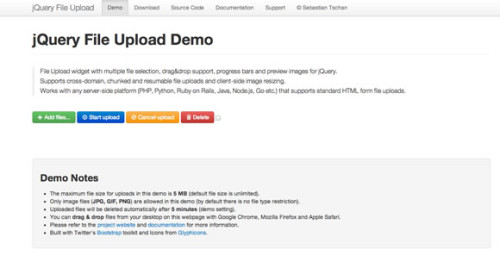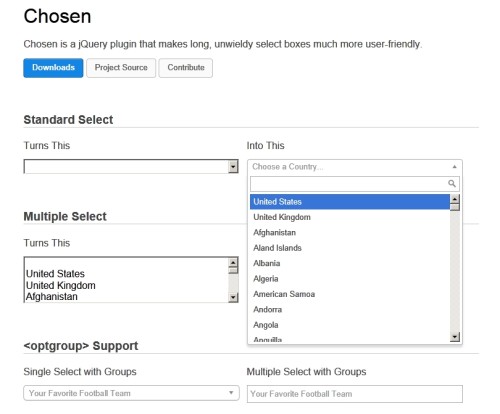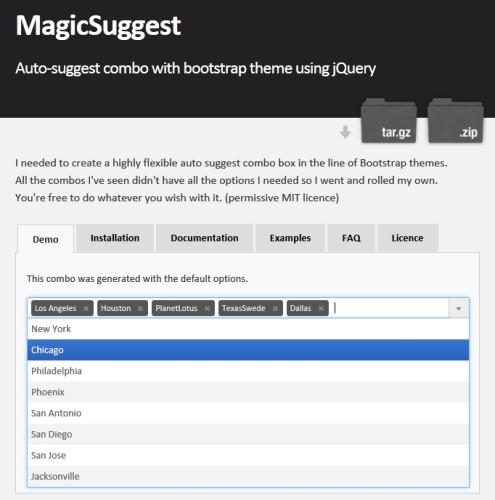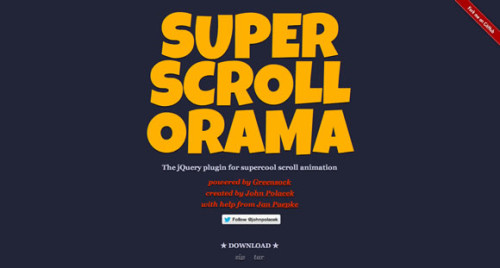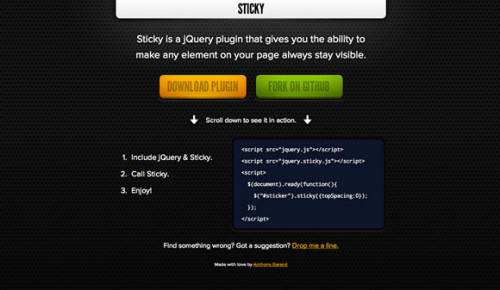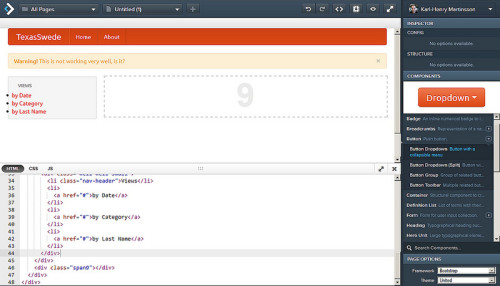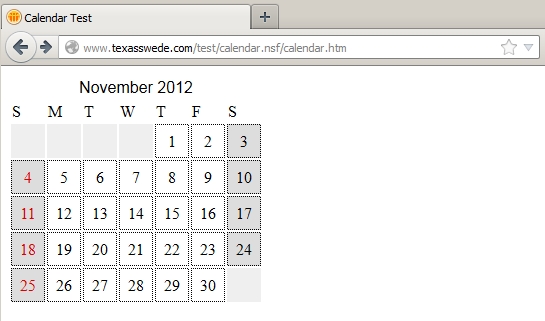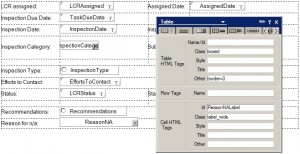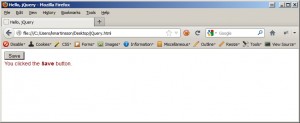I often find cool and (sometimes) useful jQuery plugins, so I want to share a few that I like. I plan to share more in the future.
Adipoli jQuery Image Hover Plugin
Includes several different effects to highlight images as the mouse hovers over them.
http://cube3x.com/demo/adipoli-jquery-image-hover-plugin/
jQuery File Upload
File Upload widget with multiple file selection, drag&drop support, progress bars and preview of images, audio and videoy. Supports cross-domain, chunked and resumable file uploads and client-side image resizing.
https://github.com/blueimp/jQuery-File-Upload
iCheck
Customized checkboxes and radion buttons for your forms.
Chosen
A plugin to make dropdown-boxes (especially long ones) easier to use. I looked at using this in a project, but ultimately opted to use another plugin, for different reasons. Chosen is still a good tool.
http://harvesthq.github.io/chosen/
MagicSuggest
This is the plugin I selected over Chosen. The content of the dropdown can be supplied using an Ajax call, returning JSON, and there are a large number of configuartion options. The plugin support filtering and type-ahead, as well as many other useful functions.
http://nicolasbize.github.io/magicsuggest/
SuperScrollorama
A jQuery plugin for scroll animations.
http://johnpolacek.github.io/superscrollorama/
Sticky
Sticky is a jQuery plugin that gives you the ability to make any element on your page always stay visible.


